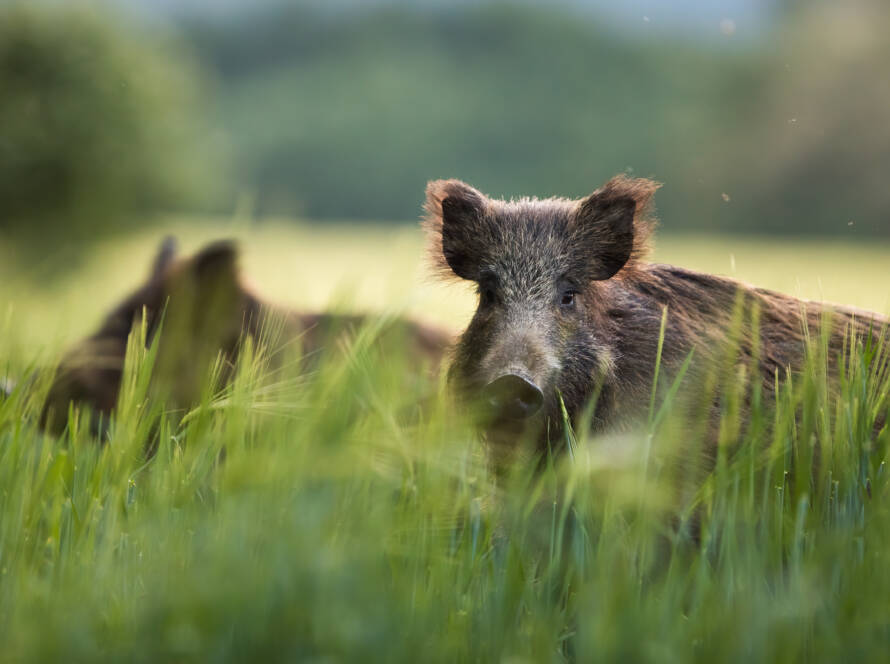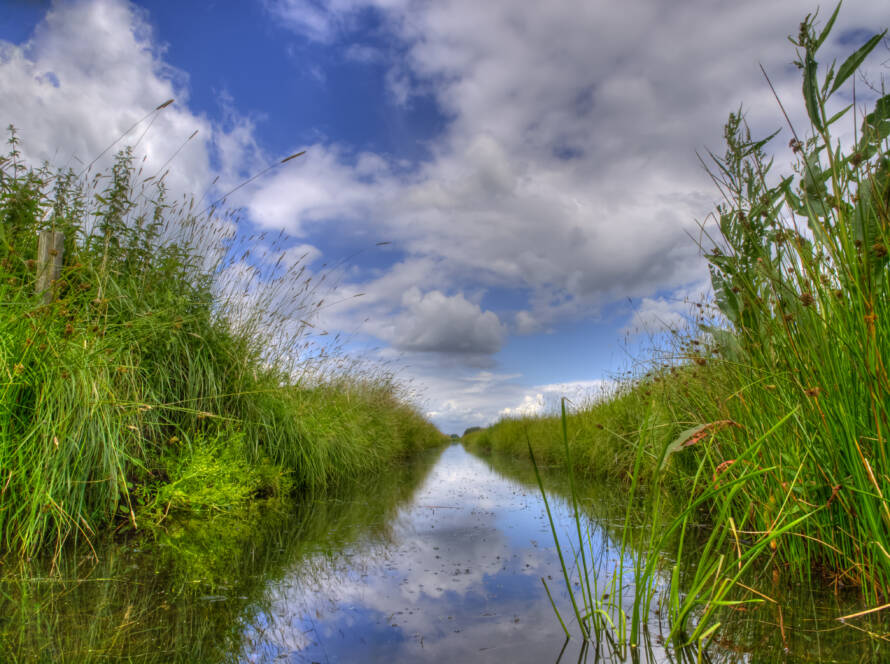Introduction
The most valuable tool to any hunter when it comes to hunting is patience. Just good old-fashioned sitting in silence and waiting for the right opportunity. But where is the fun in that, right?
Calling in a whitetail buck and having them respond to your actions is an exciting aspect of hunting that every hunter should at least experience once in their hunting adventures. Beware, however, it is not as easy as rattling some antlers together and making a few grunts, it is a skill that needs to be developed and if not done correctly could do more harm than good.
If you spend enough time in the timber classroom, you will learn a great deal.
Types of calling
Calling is more than vocal sounds, the term “calling†refers to making any sound that the deer will react positively to and begin moving toward you.
Some of the main types of calling are listed below:
Grunting
The most common of all the calls would be re-enacting the grunt. If you have spent enough time observing whitetail bucks or listened to many old timers sitting around the fire at deer camp, you will know how often a whitetail buck grunts.
Whether they are scrapping trees, approaching a feeding area, chasing does or displaying dominance over another buck, a grunt will always be heard.
Bleating
Bleats are specific to fawns and does. Fawns use the bleat to call their mothers and does can be heard bleating throughout the year. It is also a great way of bucks locating does.
A doe will perform a short bleat lasting for about a second with a long silence in between. It is important to pay attention to your surroundings while in the woods and if you get a chance to witness a doe making any type of call, try to imitate the call as best you can. Overcalling or making the bleat too long may have the opposite effect.
The early season works best for a bleating call when the fawns are still small enough and the does are on high alert. For the meat hunters who are happy to take a doe and get out early, a bleating call is a good option.
Rattle
A rattle serves to imitate the sound of two bucks fighting and having their antlers crash together. Rattles bags will usually have sticks or bone-type material in them and when rubbed together will sound like antlers clashing.
Alternatively, just a good pair of antlers rubbed together will do the trick. Be ready though, as any buck that responds to a rattle will most likely come charging in.
Snort Wheeze
Used primarily as a dominance call from big bucks, the snort wheeze is used to intimidate smaller bucks and is often the last “word of caution†before the fighting begins. Another great call to use during the height of the rut.
Distress
Distress calls are often associated with predator hunting such as coyotes, but used correctly can bring in either a doe or a buck. A fawn distress call can be closely associated with a bleat, but the distress call tends to be louder and more frequent.
Bush Whacking
More common amongst moose hunters, but the sound generated from rubbing or bashing a set of antlers against bushes and branches could be enough to entice a big whitetail buck that is looking for a fight to come in a little closer.
When to call
Just because you can call, doesn’t mean you should. You have to remember that by calling you are in essence speaking a language the whitetail will understand and respond to and so timing the call is just as important as actually making the call.
So, for example, using a rattle or scraping antlers against bushes in late April/early May when the buck have shed their horns won’t get much of a response because by then their testosterone levels have dropped, breeding is over and no buck is going to get into a tussle if they don’t have the weaponry, plus hunting season is closed by then anyways, so you probably shouldn’t be hunting.
The vast majority of hunters that use calling as a means of hunting whitetail bucks will collectively agree that the ideal time for calling will be during the rut when bucks are on high testosterone and it clouds their logic and they are more inclined to respond to anything that may resemble a doe or a good scrap over a doe.
A similar argument can be made for early September when it is usually bow season in most states. Bucks are still in bachelor groups and relatively tolerant of one another, hence using a rattle call may not get the desired effect.
One of the best pieces of advice heard around the fire at deer camp came from a seasoned whitetail that has counted more points in his life than there were hairs left on his head. He said, “If you are trying to call and not making it a believable story then no one will believe you.†He then went on to explain that he doesn’t simply call in the hopes of getting a response, rather he mixes up a variety of calls to create the perception that something is actually happening.
For example, in the very early mornings when it was light but the sun was still low on the horizon he would throw out a loud buck bark, followed by antlers rattling. He would then wait 8 – 10 minutes and give multiple doe bleats.
His thinking was that the resident big buck of the area would hear the bark, followed by the rattle, presuming two bucks had just entered his domain and then the final doe bleat would symbolize the winner of that fight was now going after his female. Now, what buck could resist a story like that in the middle of the rut?
Enough is enough
Sometimes you just have to call it quits or not even try at all. Sure, we get it there is a thrill in calling in a buck, but it isn’t always necessary.
Before you start inhaling to send out a giant distress call, take 20 minutes or even an hour to sit and wait, chances are there is a doe just about ready to enter the food plot and a big buck is hot on her heels.
If a buck is on a trail headed directly towards you or perhaps they are standing off to the side already alert with ears perked and eyes scanning, it is best just to leave them be. Calling now may give your position way and it may be a good few days before that deer returns to the area.
A mistake that most new callers make is to call continuously, getting louder and more irate with each call because nothing has come in, or rather they have thrown out all kinds of calls in the hopes that something has responded and all they have done is to get the deer thinking “Why on earth is that poor jack rabbit squealing while those bucks are fighting over a fawn that is looking for its mama who is bleating cause she is ready to be mated again?†Keep it simple and know when enough is enough, or less is more. Sure you get the point.
Learn first
This next part may seem a little counterintuitive to the point of this article but in a weird way, it makes sense.
The best way on learning or deciding on how to call in a whitetail buck is by not actually calling at all. It doesn’t matter how many articles and blogs you read, words can not fully explain the actual sounds needed, or how exactly each whitetail buck will react across different states and environments. This brings in our point of not actually calling at all.
Spend a season or two not calling, take the time to observe, and listen out for actual calls made by real whitetail bucks. Who knows, you may be sitting in a blind looking over an open pasture and observe some very interesting interactions and calls between a buck and doe, that will provide you with vital information.
Think of it this way, no one just jumps into a car straight away and starts driving randomly where ever they think they should be driving. First learn the rules of the road, and observe how other drivers behave and react to different situations, then after a while, you get into the groove and flow of driving the streets.
The same can be said for calling in a whitetail buck, it’s their home ground and they have rules and ways of behaving, you need to figure them out so you can fit right in.
Conclusion
As with everything else in hunting, things take time and patience. It’s why we love doing it because as a hunter you are constantly learning and honing your skills.
Calling in a whitetail buck is seriously cool, no doubt about that but it is a skill that needs to be learned. Observe first, then work on developing your skill.



